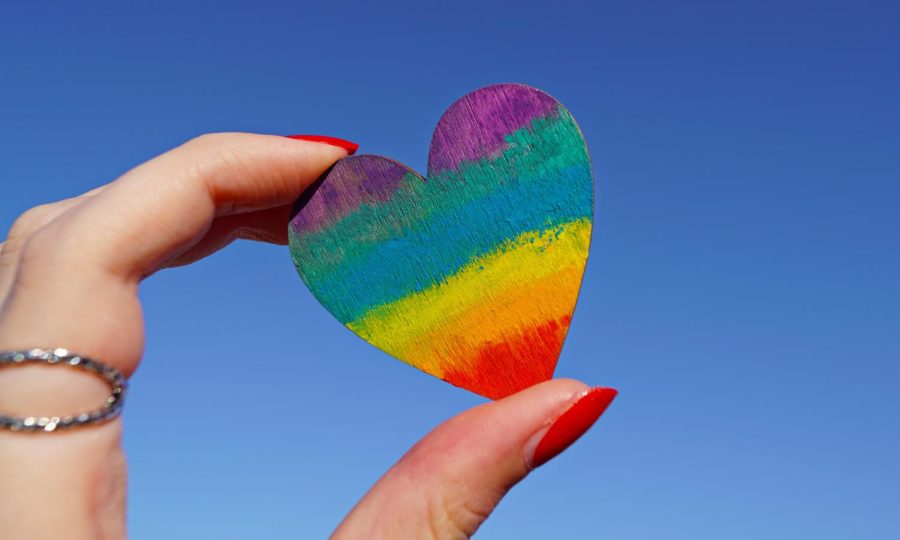The gay agenda: when the closet comes crashing down
February 15, 2023
Love manifests differently for everybody, but for those of us raised in heteronormative environments, where homosexuality was an oft unwanted deviation from the norm, heterosexuality can seem like the default option.
This is referred to as “compulsory heterosexuality,” the feeling that you must be straight because everybody is straight, and so you search for evidence of straightness simply because this is how the majority of people express love.
However, these numbers are swaying in the opposite direction, with 7.1% of Americans identifying as homosexual in 2022 according to a Gallup poll, a number that has over doubled since 2012 when it was 3.5%. Despite this shift, heterosexuality is still what the majority of the world is formed to accommodate.
30 countries in the world allow same sex marriage along with some areas of Mexico, while it remains prohibited in all other areas, according to Pew Research. Don’t even get me started on polyamory, a lifestyle of having more than one romantic partner at a time. Polyamorous rights are still not recognized in America, where people are only allowed to legally marry one person at a time, even if they have multiple life partners.
What does living in a world engineered for straightness entail? It means seeing limited representation of queer couples in happy relationships in the mainstream media, especially in previous decades. It means feeling you have to hide your identity from your family members, who may be religious and condemn you to hell for your love.
It means fearing for your safety and ability to work peacefully if you are outed involuntarily at an inopportune time. It may even mean you attempt to conform to straightness by entering into a relationship with a “beard,” somebody of the opposite gender who fulfills a role that gives the appearance of being straight to avoid the persecution that may come from being out of the closet.
There are many reasons to remain closeted, compulsory heterosexuality being one of the foremost barriers. The first person you need to come out to is yourself, because it takes so many people years if not decades to admit this proudly, if they ever even get to that point. I know for myself, I didn’t admit I was attracted to all genders until I was 25, but I had many experiences with same sex partners prior to that point of recognition.
If you feel attracted to members of the same sex, if you have experimented with members of the same sex, if you are surrounded by queer folk or even if you simply aren’t sure and are tired of assuming you are straight, it may be worth looking into some queer or trans historical figures or content creators (Kat Blaque and the Chosen Family podcast are some of my favorites), or paying a visit to the Diversity and Equity Center or Helen House to connect with like-minded individuals.
Don’t rule out the idea of being homosexual, bisexual, pansexual or even asexual simply because it seems like every man and woman is pairing up and giving each other chocolate and flowers this Valentine’s Day. You are allowed to love people of the same gender, you are allowed to be outwardly gay, even if others don’t always approve, including family and close friends. You are allowed to detach from gender entirely, or be trans and gay at the same time.
You may lose some people after coming out, but you will gain your sense of identity and independence instead of conforming to fit into a societal standard that only existed to oppress us.

